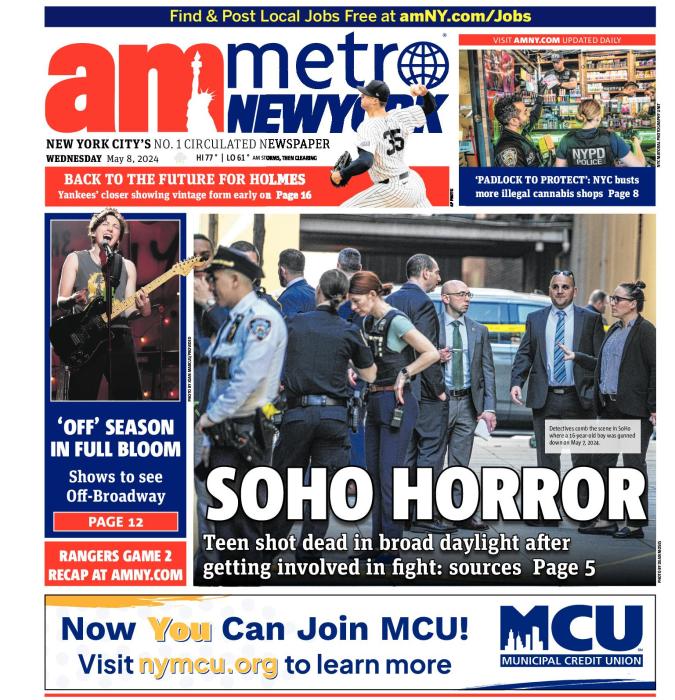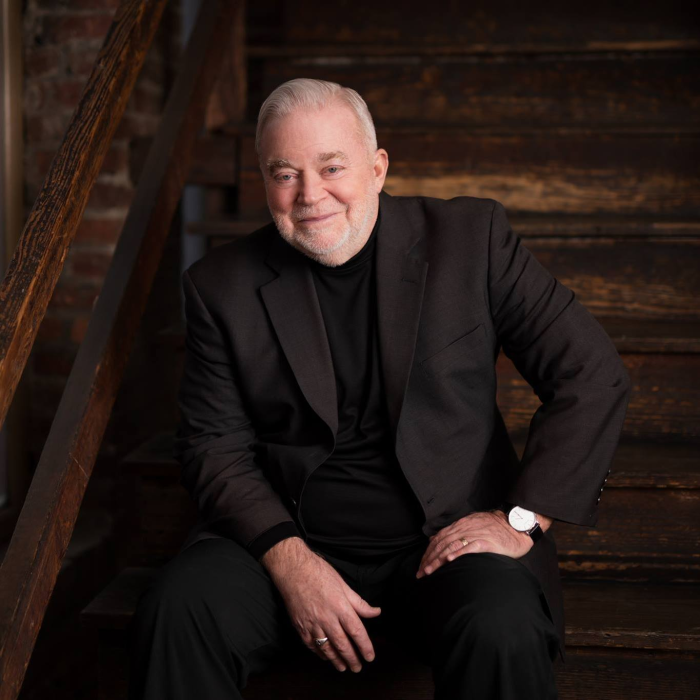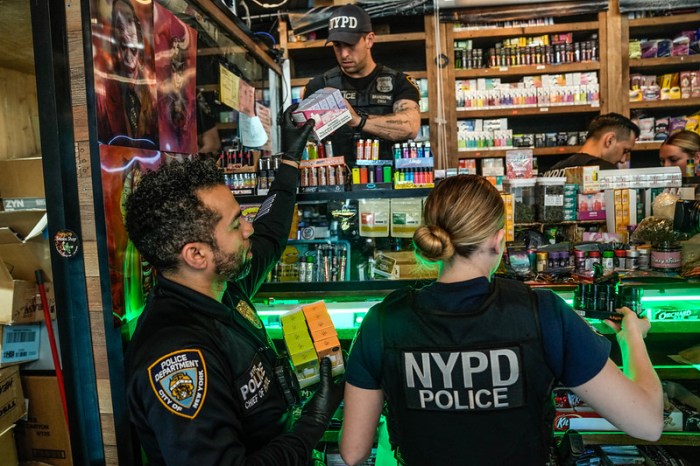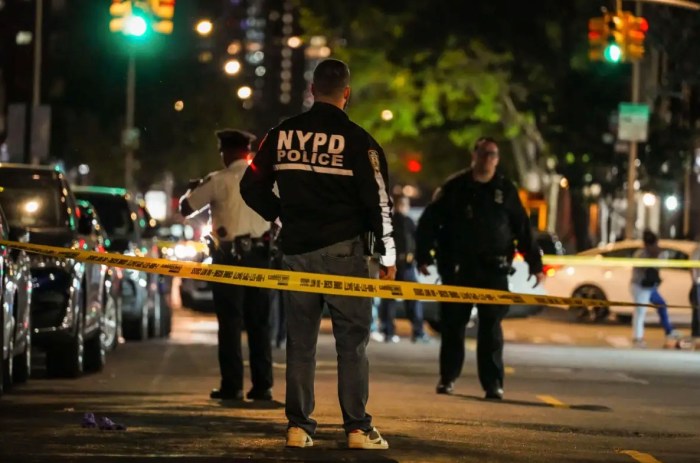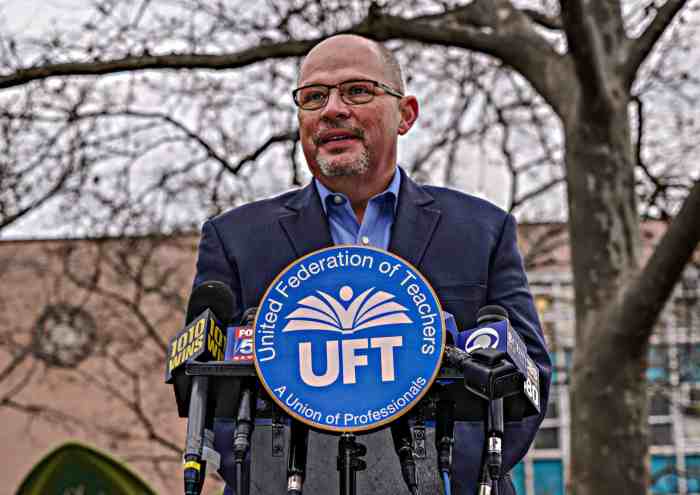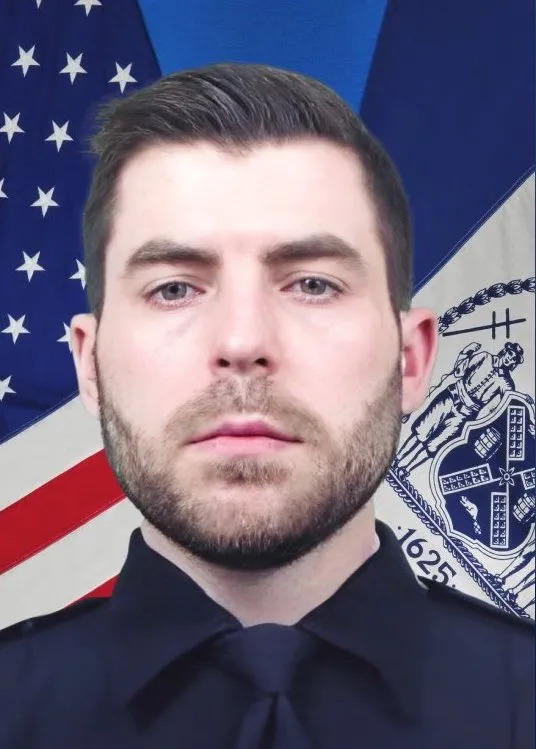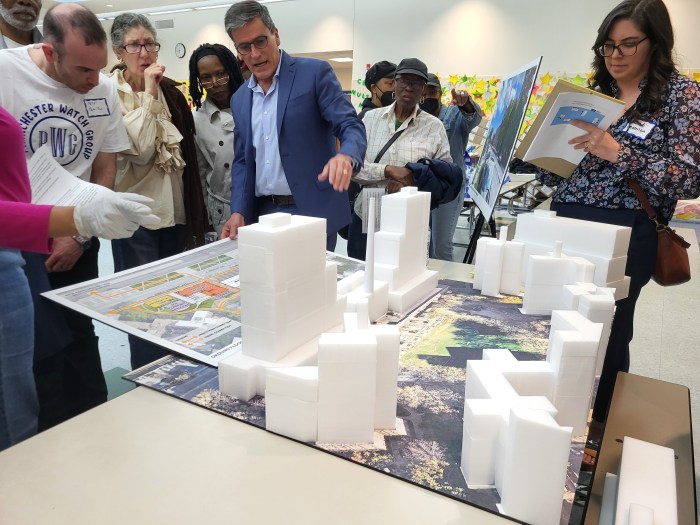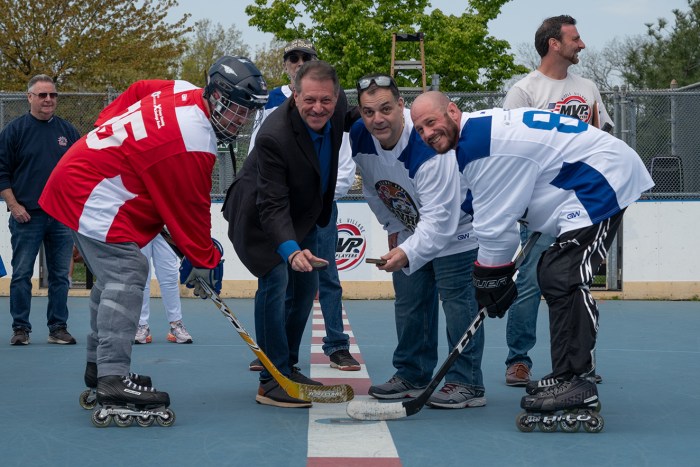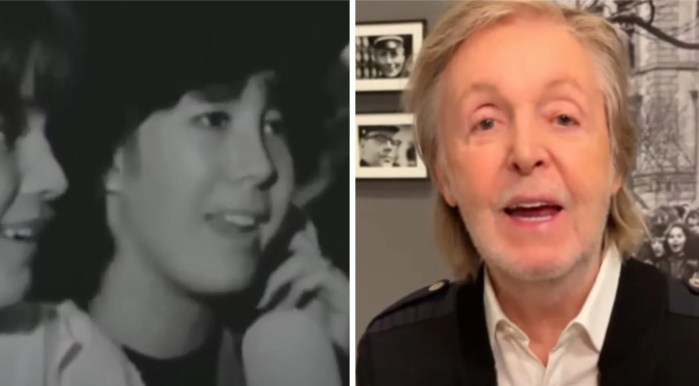BY LINCOLN ANDERSON | [Updated July 5, 2013 with Douglas Durst’s comments about Christine Quinn and leaving Friends] Reports of the Hudson River Park NID’s death have been greatly exaggerated — at least according to one well-placed source.
Scott Lawin, vice chairperson of the Friends of Hudson River Park, said on Tuesday that the effort to create the Neighborhood Improvement District for the park is still alive and kicking.
“Very much so,” he said. “We’re redoubling our efforts.”
But in an interview July 1, developer Douglas Durst, the former chairperson of Friends who had been one of the NID’s strongest backers, said the State Legislature’s recent approval of air-rights transfers from the park was effectively the nail in the NID’s coffin, at least for now.
“It’s not going to happen this year,” he said, “so that means you’re going to have a whole new administration to take the temperature of…. Now you have to factor in the new development, and you have to overcome a lot more opposition — which I don’t see happening.”
The air-rights transfers change the equation of the development in the district, so all the plan’s financials have to be recalculated.
And resistance to the NID had already been ratcheting up among local residents, some of whom object to being forced to pay a tax to fund the park, and disagree with the siting of its eastern border, calling it arbitrary.
“There was building opposition,” Durst noted. “And based on what just happened, it will be very hard to defend” asking people to pay into a special taxing district. “They’ve given them tremendous ammunition to fight with.”
Similarly, Michael Levine, Community Board 1’s land use director, said last week that the NID application had been pushed to next year, which meant it would be up to the next mayor to see it to fruition.
Durst has not completely given up on the NID, saying plans to meet with the winner of the mayoral Democratic primary election — whom he assumes will be the city’s next mayor — after the primary and broach the issue.
“We’ll see what happens,” Durst said. “The new administration, we’ll have to see how they feel about it. We spent a lot of time with Christine Quinn. She never said yes, she never said no. She was getting a little more friendly to it toward the end….
“We were spending $30,000 or $40,000 a month collecting petition signatures,” he noted. “But it just didn’t make sense if we weren’t going to introduce it for this year.”
Last year, Durst resigned from the Friends over differences with the Hudson River Park Trust’s leaders, chairperson Diana Taylor and president Madelyn Wils, on how to redevelop Pier 40.
“I never understand why my proposing a different use at Pier 40 meant I could not remain on Friends,” he said. “But that’s what I was told — I agree with them, or resign — that’s what I was told…by Madelyn and Diana. They said I cannot have a different opinion from the Trust’s leadership as chairperson of Friends.”
Nevertheless, Durst had continued spearheading the Friends’ effort to create the special-tax district.
The taxing district’s boundaries would include the Hudson River Park and several blocks inland, stretching the length of the park from 59th St. to Chambers St.
Durst’s hope of transforming Pier 40’s massive three-story, pier-shed structure with an adaptive reuse plan for a high-tech commercial office campus, has been stymied at least for now.
In another significant change to the park act, the Trust can now start selling off the park’s 1.6 million square feet of unused air rights.
Under one possible scenario, part of Pier 40’s existing “donut”-shaped shed could even be torn down, freeing up air rights that could then, in turn, also be sold across the highway — making it even more unlikely that Durst, or anyone else for that matter, would be able to redevelop the air rights-depleted pier.
“Now, the only thing that can happen to it is to be torn down,” Durst said fatalistically of the Pier 40 shed, “which is, I suppose, the goal of the Trust — because they did so little to fix the pier.”
Speaking this week, Durst gave the impression he was interested in Pier 40 more out of a sense of duty to the park than anything else. He mentioned his development of One World Trade Center, and other big city projects, “so, working on a reconstruction of Pier 40 is not really something I wanted to do — but if the pier is to be saved, it’s the only solution I saw.”
Arthur Schwartz, vice chairperson of the Hudson River Park Advisory Council, said “Durst is pissed, major-pissed.”
A.J. Pietrantone, who stepped down as Friends of Hudson River Park’s executive director a few months ago, but had, like Durst, stayed active in the Friends’ effort to push the NID, said “until development [from the sale of the park’s air rights] is quantified, you can’t ask people to pay into a NID.”
How much money the development rights could actually generate for the park has not been estimated. However, David Reck, former chairperson of Community Board 2’s Land Use and Zoning Committee, said that as recently as just a few years ago, the going rate for air rights was $600 per square foot, which could mean almost $1 billion for the Trust.
But Reck was extremely leery of the air rights transfer plan.
“This is Westway,” Reck said, recalling the controversial highway-in-a-tunnel mega-project with accompanying development and park space. “This is what they always wanted, and now they’ve got it.”
With reporting by Josh Rogers
